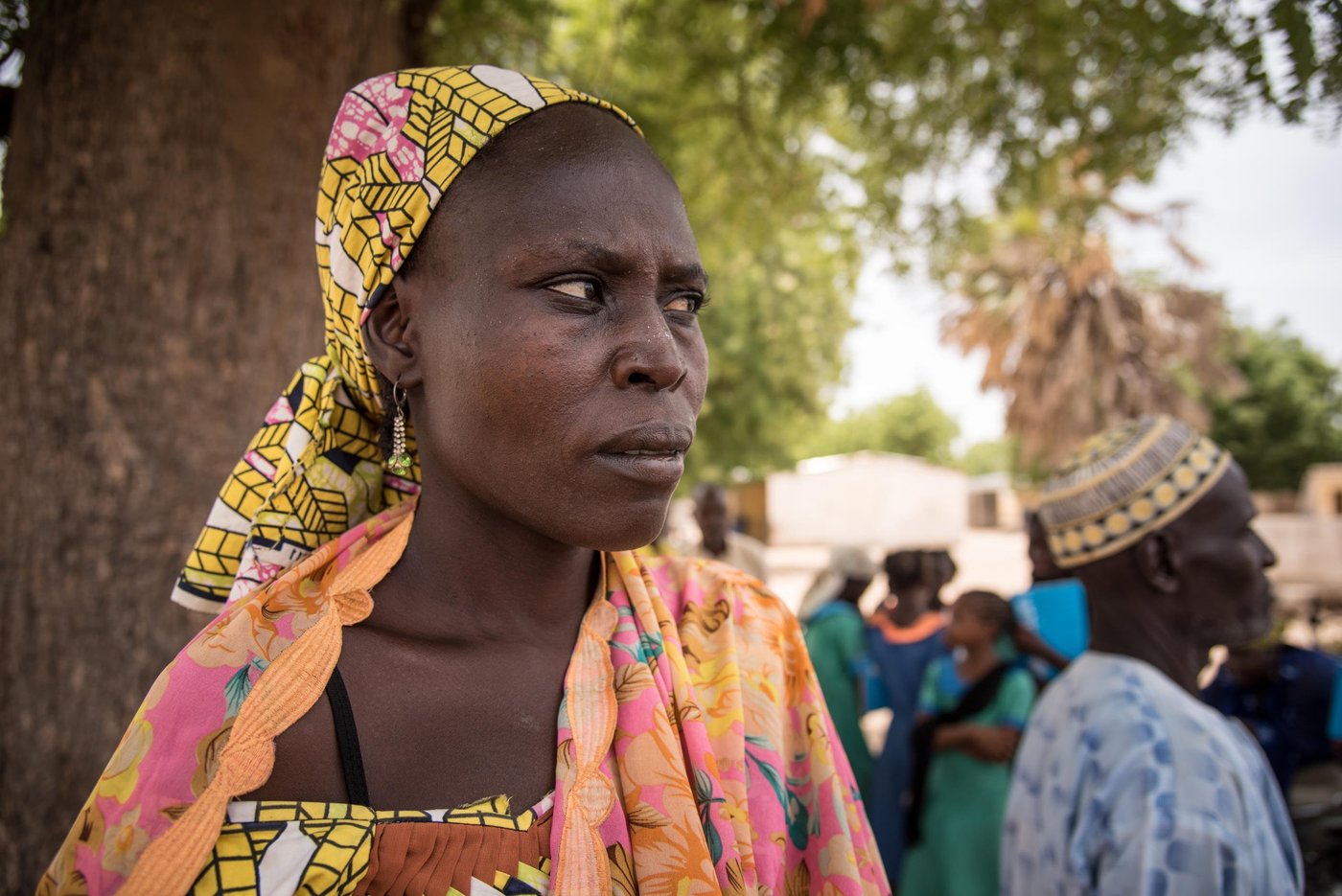Three hours north by plane from the capital Yaounde, then a two-hour drive on dusty roads. The Norwegian Refugee Council's (NRC) Head of Programme Judith Tsafack-Sonné, and her colleagues have travelled far – right up to the border with Nigeria – to an area that has been ravaged by Boko Haram since 2014. Nearly 250,000 people have been internally displaced as a result.
“Boko Haram comes across the border from Nigeria, where they have their base. They also operate in neighbouring Chad and Niger. But next to Nigeria, Cameroon is the most terrorised country. Roughly two-thirds of their victims are in Nigeria and one-third are in Cameroon. But the level of attention from the international community is not comparable. It is focusing more on Nigeria than on Cameroon and the level of funding of the Lake Chad crisis corroborates this,” says Judith over a poor-quality Skype connection from NRC’s sub-office in Kousseri.
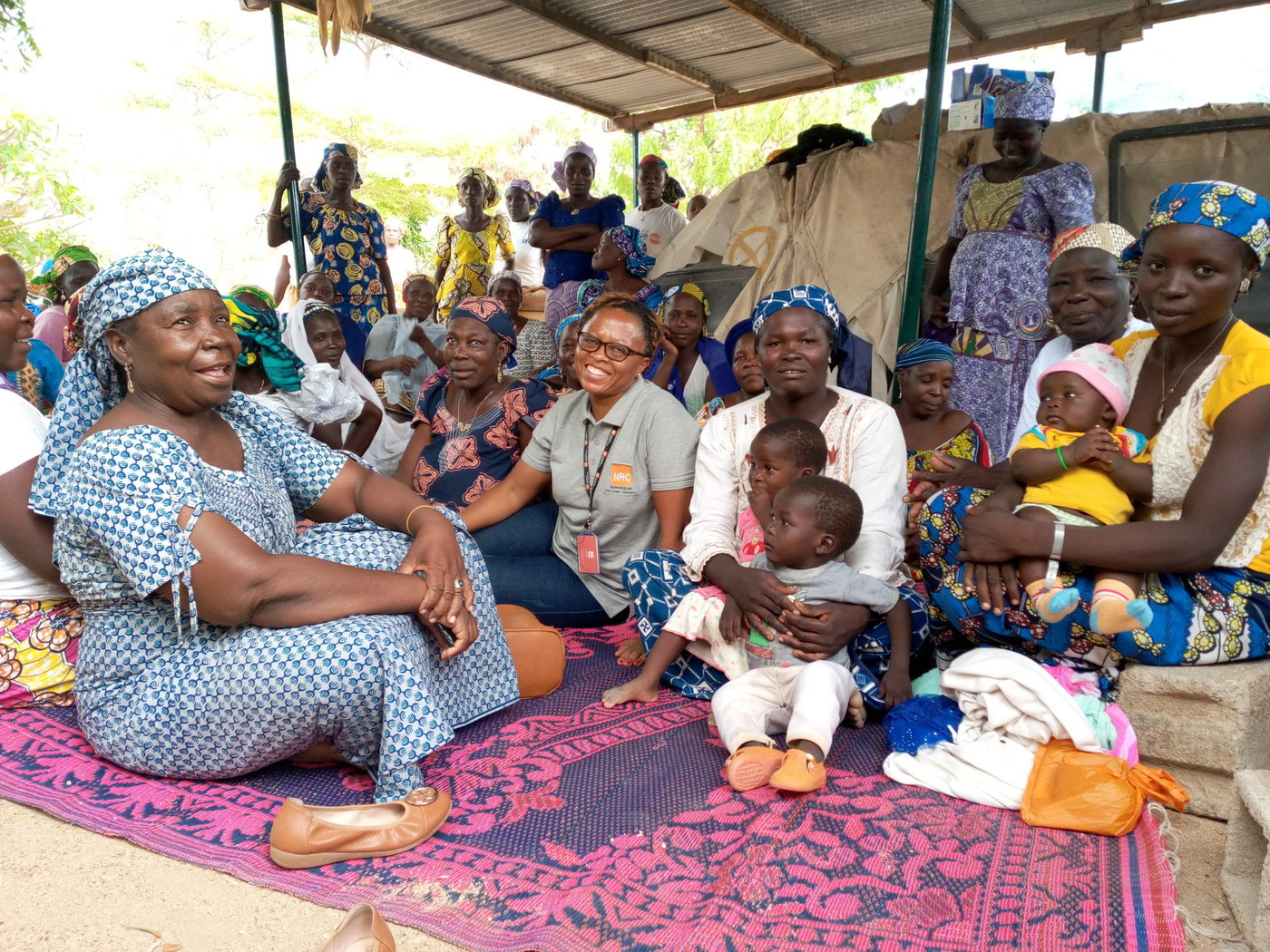
A deserted area
Judith, was born and raised in Cameroon. She has previous experience from other aid organisations. She has worked for NRC since June 2017, the same year that we opened our offices in the country. Judith has helped build up our humanitarian work.
At the moment she is in Kousseri in the Far North region, on a field visit to those areas bordering Nigeria, where NRC focuses its work with refugees and internally displaced people. Fotokol is a dangerous area. Humanitarian aid workers travelling there have strict safety rules that they must follow.
“The first thing you notice is that it’s almost deserted in many places. Some schools are empty or are occupied by soldiers from the army. The teachers have fled due to insecurity. People live in makeshift houses. It hurts to see that children and adults are forced to live under such conditions. But there were also a number of people who had received help from NRC, including help to rehabilitate their houses,” says Judith.
Previously, people in this area crossed the border into Nigeria to buy and trade goods. There was lively trade and the population had something to live on. But now you just stay home.
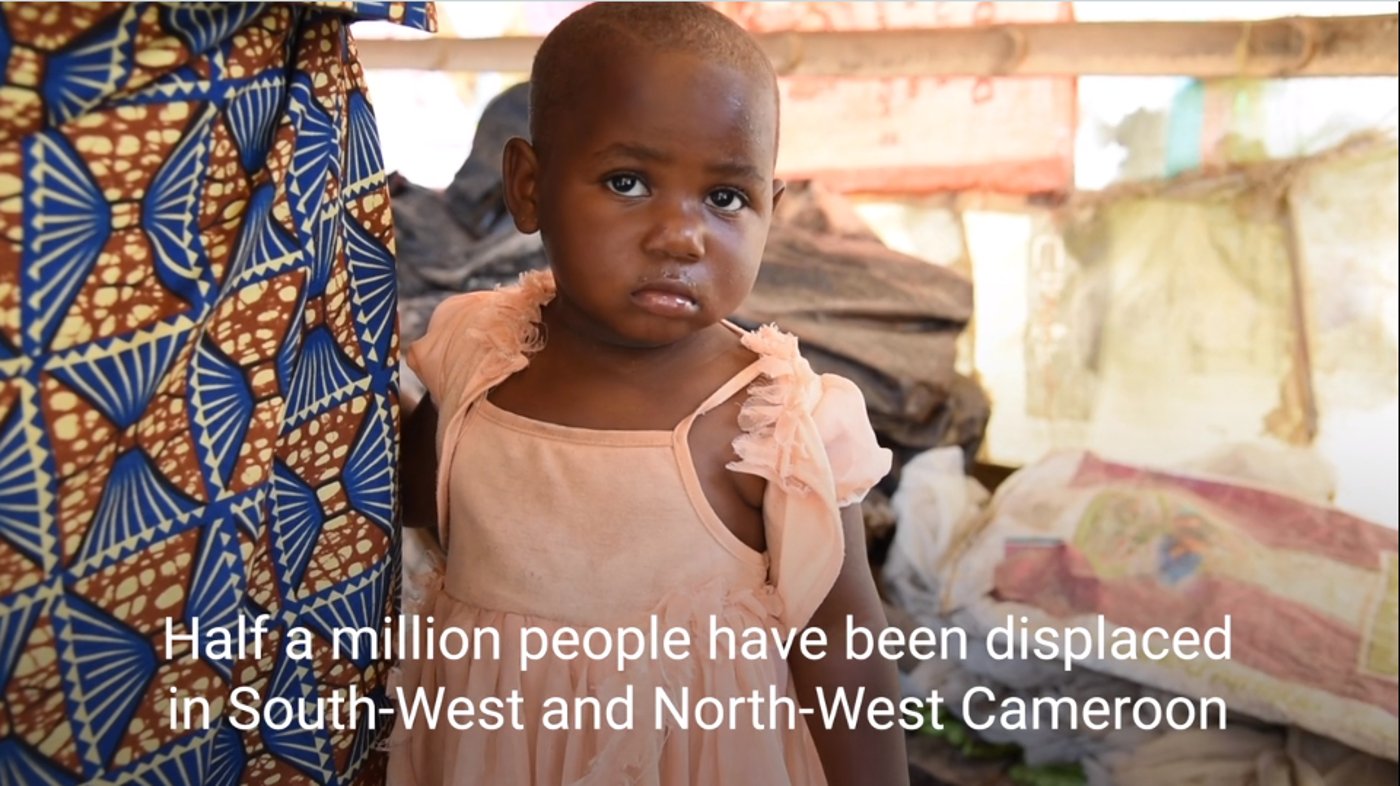
The boy with the dream
There was one particular meeting that made a strong impression on Judith:
“A ten-year-old boy called Alhadji Djitsa met me in Adamari village, Makary subdivision. He told me he was the only one in the village who was going to school. This is a very dry area, and he has to walk a long way. His eyes were inflamed, probably from all the dust.
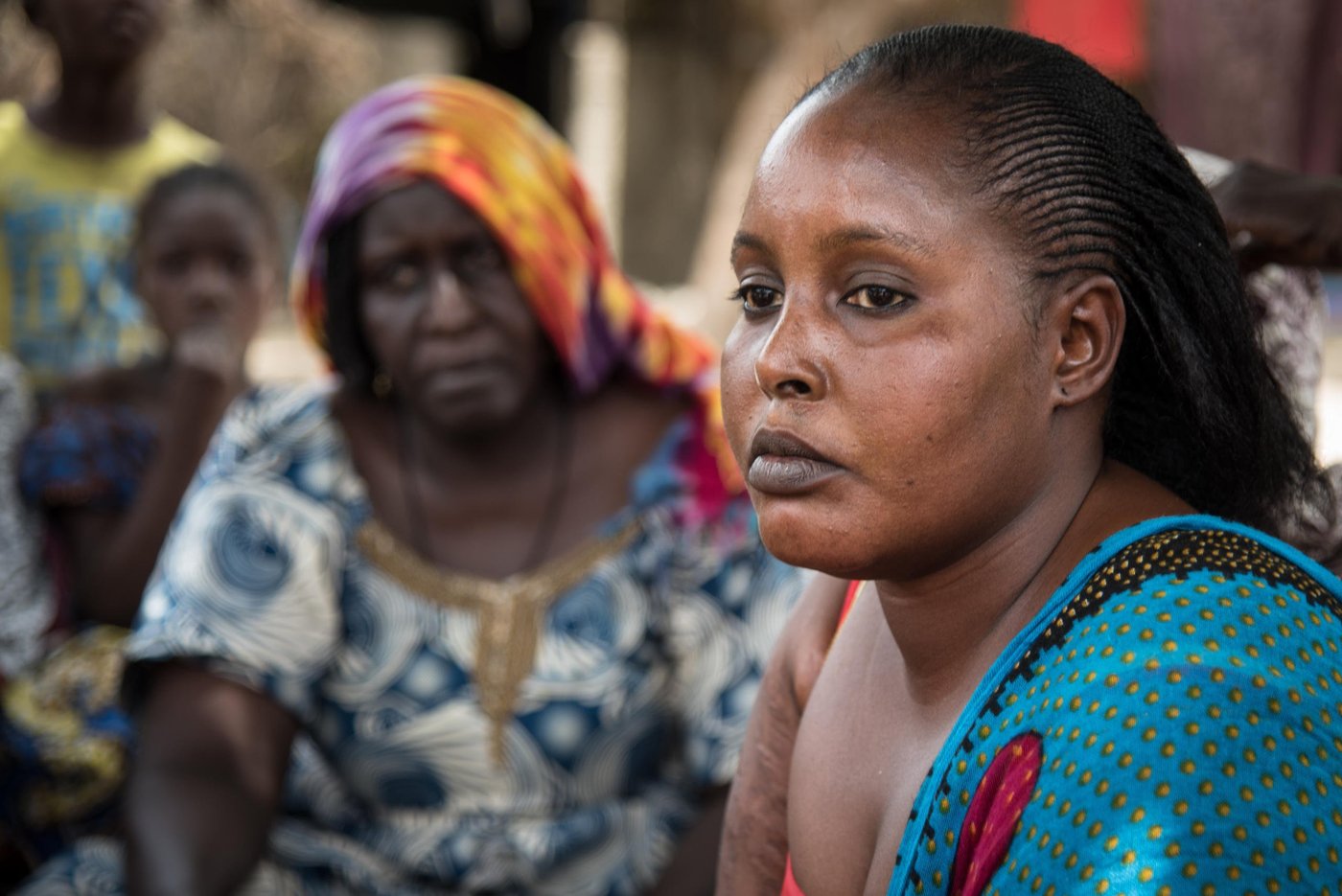
“The boy said he was not going to give up. It was obvious that it was very important for him to get to school. He said he was going to be a teacher or a doctor.
“We were so touched by his story and wanted to do something for this child to ease his access to the school. So my colleague and I clubbed together to get a bike for him. We also gave his father some money so he could take the boy to hospital,” Judith says.
The country even takes in refugees
This beautiful country has a 300-kilometre coastline in the Gulf of Guinea and is called the Gateway to Central Africa.
Until the latter half of the 1980s, Cameroon had steady and strong economic growth and was considered one of Africa’s economic success stories. Agricultural production, timber exports and industry are important parts of the economy. Cameroon has also been one of the largest oil producers in Africa.
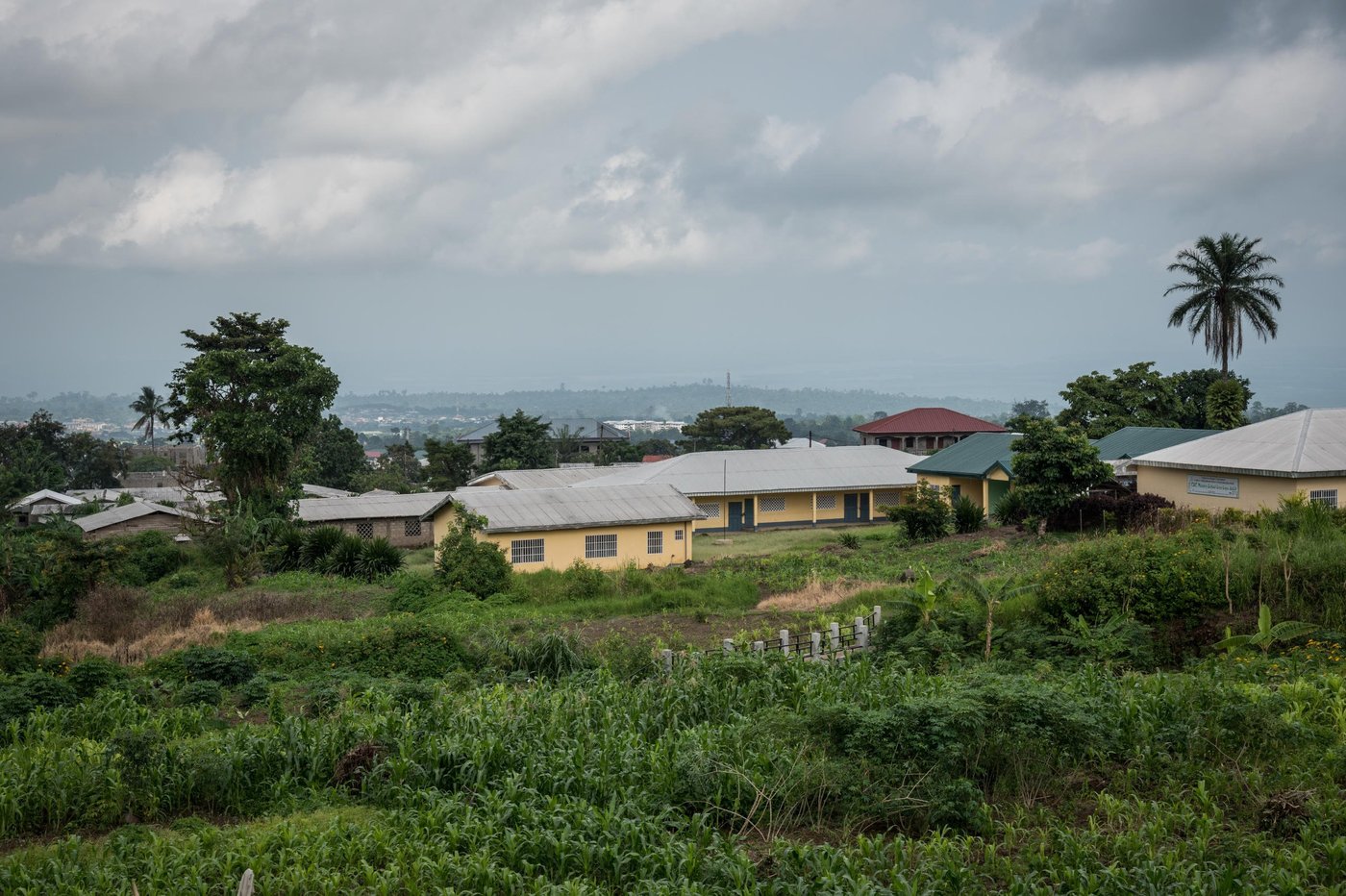
Cameroon has itself received refugees from several countries, such as Nigeria, Chad, Central African Republic, Rwanda in recent years. Judith explains:
“In 2013, a large number (nearly 260,000) of refugees arrived in Cameroon from neighbouring Central African Republic (CAR). These refugees have settled in the East, North and Adamawa regions which are among the poorest areas of Cameroon. The host Cameroonians in those regions share the little they have to live off with the refugees. The situation in CAR has not improved much over the years, so most of the refugees don’t want to go home. Both the refugees and the Cameroonians are tired of this situation.”
Two languages – two systems
The country is bilingual, with English and French the official languages. Judith comes from the French-speaking part.
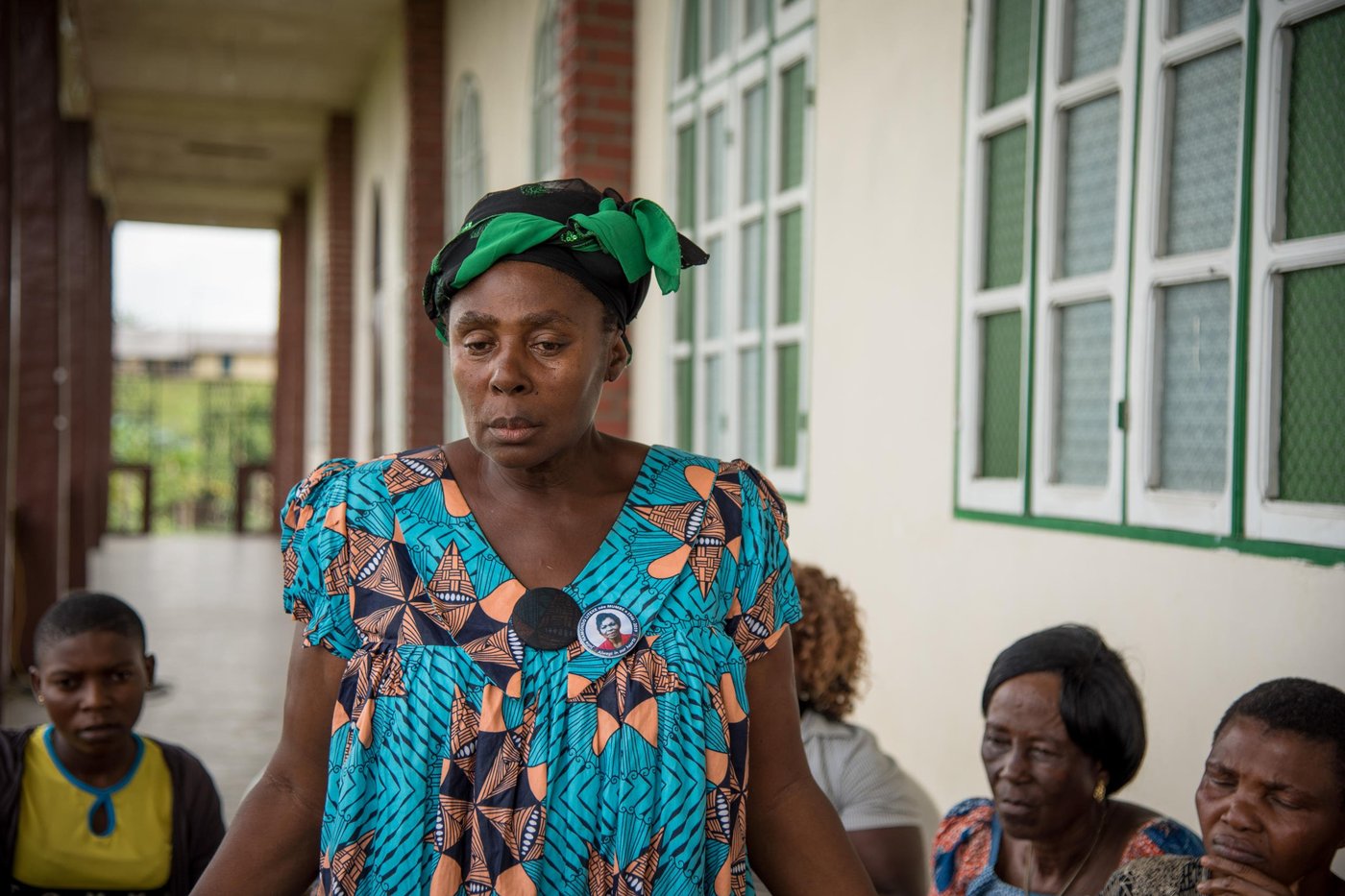
Two of Cameroon’s ten regions are English-speaking: North-West and South-West. Eighty per cent of the population lives in the French-speaking regions, while 20 per cent live in the English-speaking areas.
The language division has its roots in the period before World War One, when Cameroon was a German colony. Germany lost the war, and Cameroon was divided between France and England.
Read more about Cameroon’s history.
There are two legal systems in Cameroon: the French system and the English system. There are also two different education systems: English and French.
In 2016, there were vigorous protests in the English-speaking areas against the appointment of French-speaking judges to the courts and French-speaking teachers in the schools. As the protests grew, the security forces put them down so forcefully that violent clashes developed.
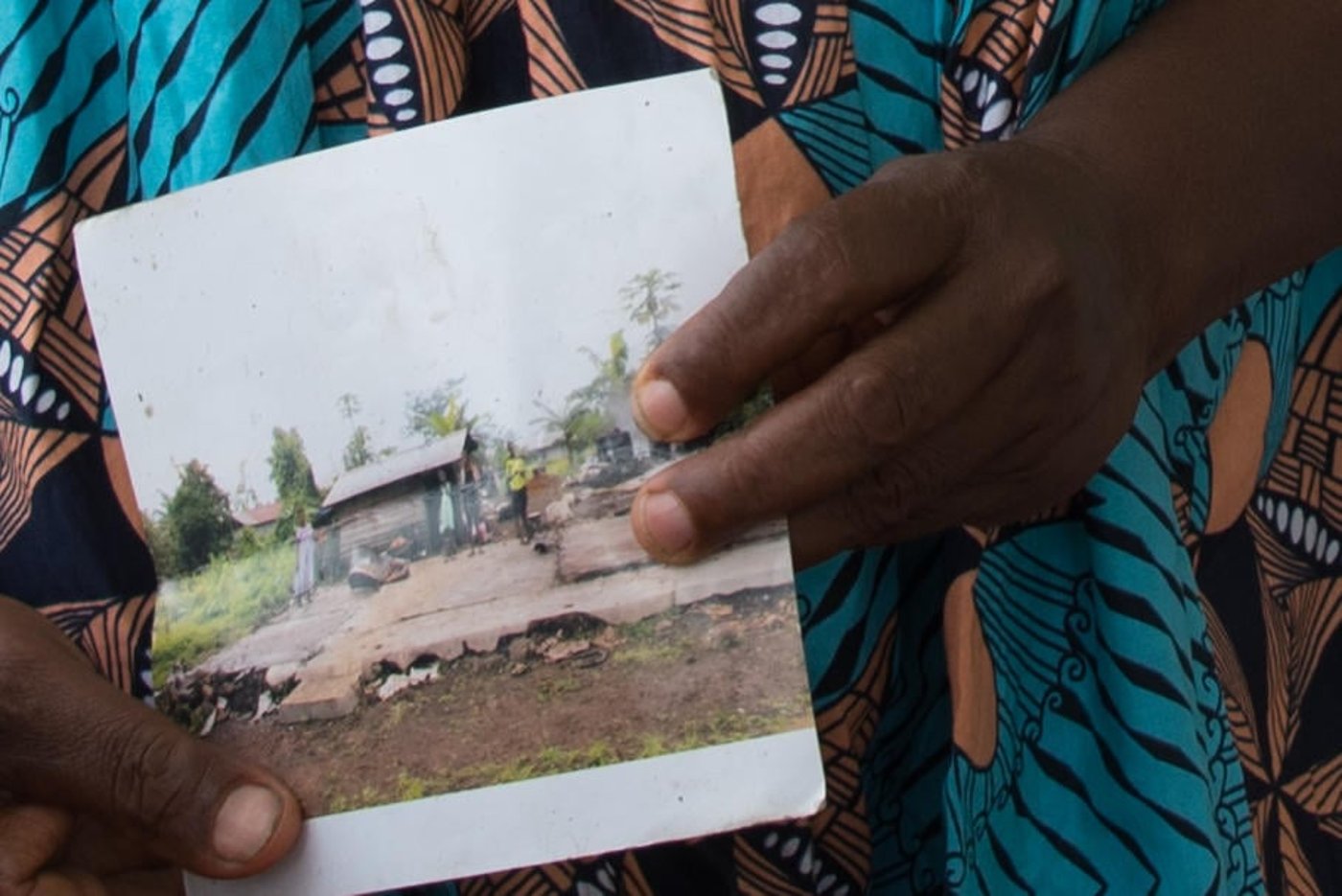
In 2017, non-government armed groups in the two regions declared their symbolic independence and started fighting for secession. This marked the escalation of the crisis. Since then, fighting between the Cameroonian army and armed groups in the two regions has been only increasing.
Forced to flee into the bush
Eventually, the situation in these regions became explosive. People had to get away to save their lives. Most fled to the French-speaking West and Littoral regions. But many also fled into the bush. “People are hiding there because they have been attacked or fear for their lives. Some will say they have been attacked by armed groups, others will say the army. Some say they don’t know who attacked them,” says Judith. She continues:
“You can’t imagine how it is to live in the bush. The people have no clean water, no latrines and no access to help. They don’t have food. Nor do they have the necessities they normally buy at the market. For example, some internally displaced women and girls told us that they had to use leaves instead of sanitary pads”.
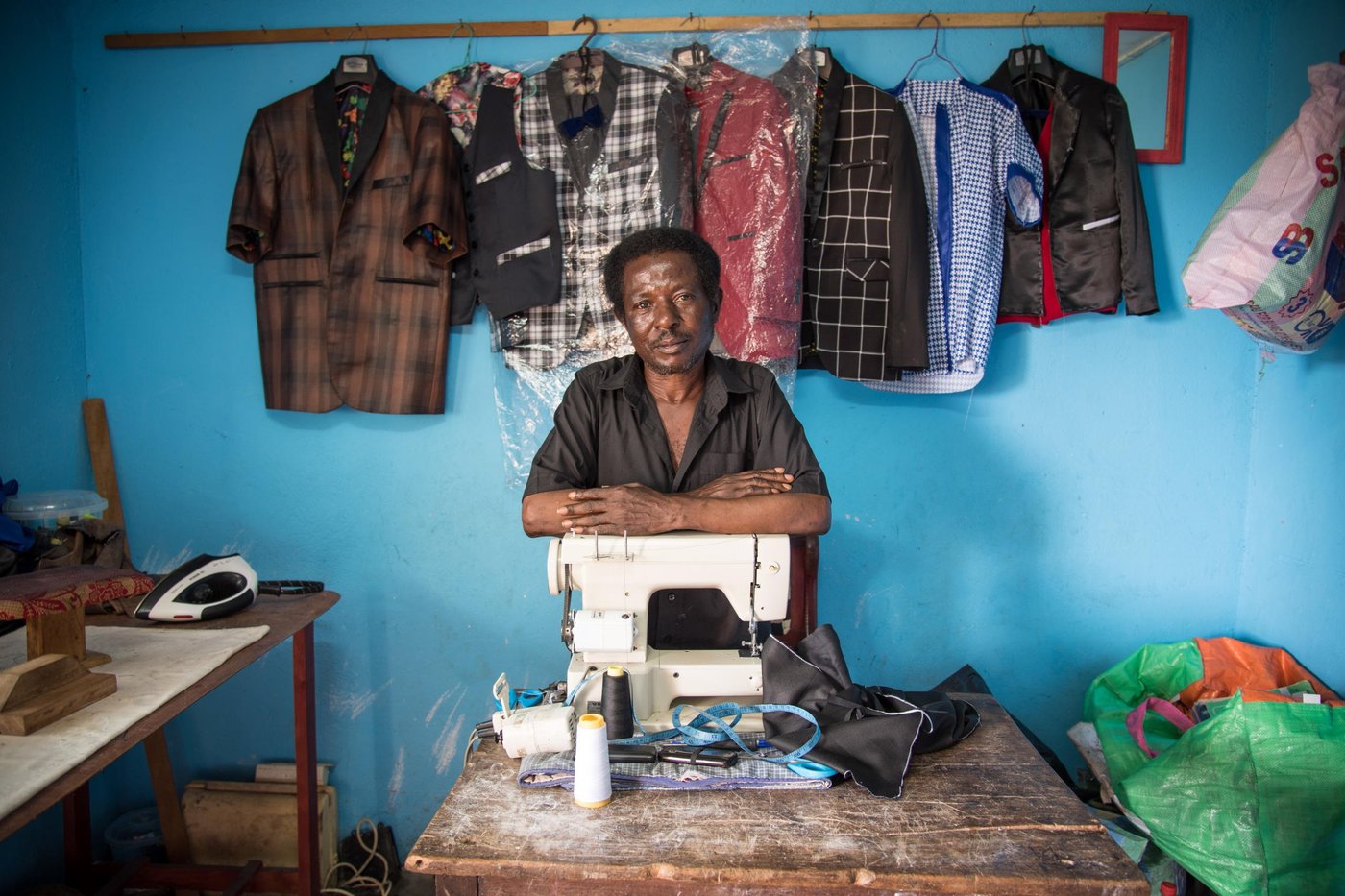
Some women give birth in the bush. Their vulnerable new-borns become ill as they are exposed to insect bites and malaria in the forest.
To help, NRC started providing assistance to the people affected by the crisis in August 2018. We distribute mosquito nets, blankets, sleeping mats, tools for farming and chicken utensils. We provide emergency shelters for displaced people. We distribute hygiene kits, including menstrual hygiene kits to women and girls of childbearing age.
We also train and support water management committees, construct emergency and family latrines, and conduct hygiene promotion activities. NRC has partnered with local aid organisations that have already been doing development activities in these regions. Humanitarian work is quite new to those organisations and so we have trained them in humanitarian principles.
“We work together to help people displaced by the crisis. So we can reach even more of them and hopefully also reach those who are hiding in the bush,” says Judith.
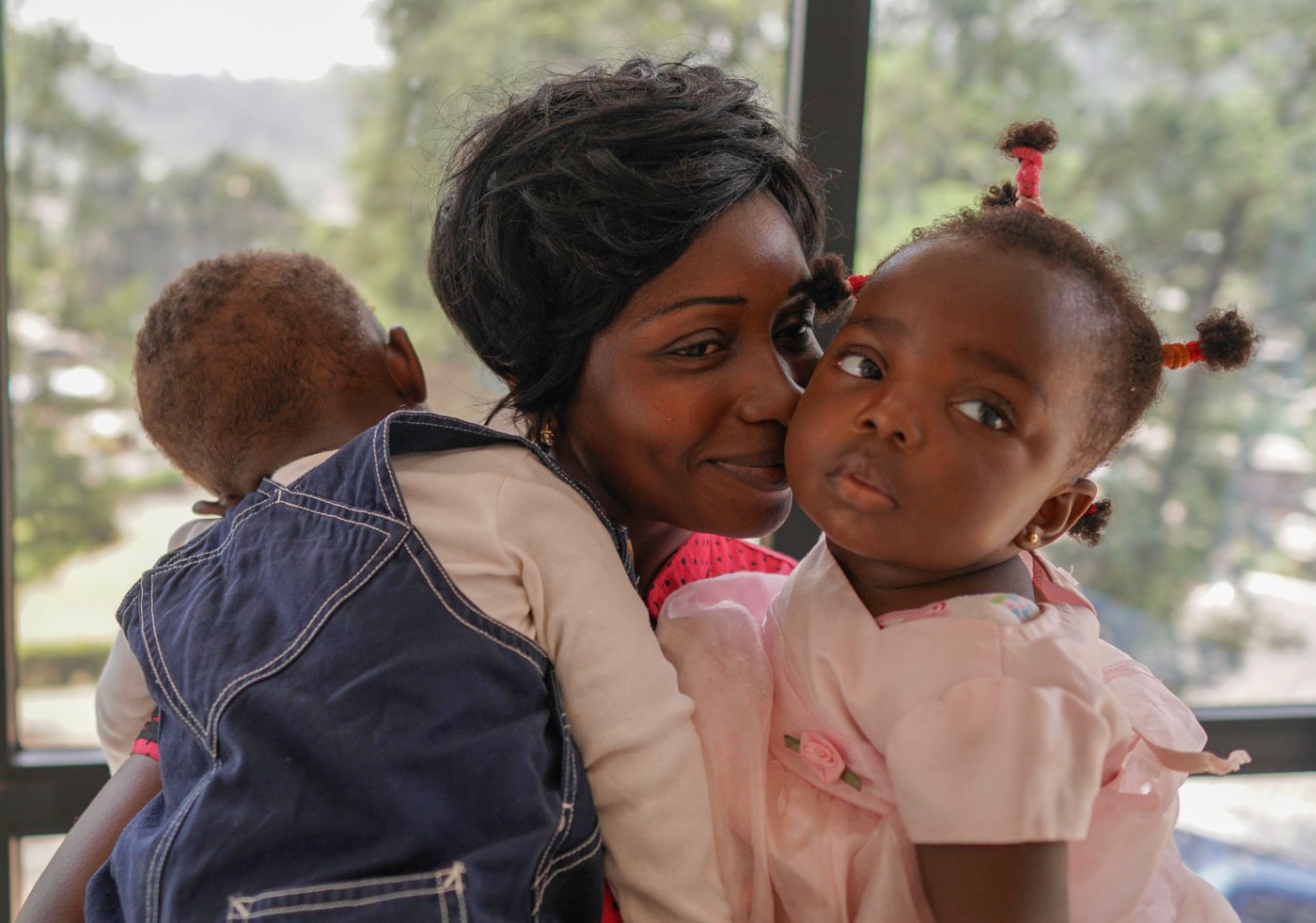
A crisis that affects everyone
Judith thinks there is great cause for concern.
“Personally, I think that the crisis affects all Cameroonians in one way or another. I have friends from the English-speaking regions and know how they are affected: schools are closed; the economy is down. When the country invests so much on defence, investment in social sectors pays the price and this has an impact on every Cameroonian. For example, schools are completely overcrowded in some of the major towns that host displaced students. The quality of teaching drops when you have a classroom of 150 students, where you had 55 or 60 before,” says Judith.
What does it mean to Judith that she cannot conduct proper field visits in the two English-speaking regions because she comes from a French-speaking region?
The world remains silent on humanitarian needs
Being unable to travel freely in your own country is not a good feeling. It places restrictions both on your work and on your life.
“It’s nice to discuss activities with the team in the office, but I need to go out into the field and meet the people affected and those receiving assistance from NRC. I would like to talk to them myself about what kind of help they need. I want to see if we are doing things right, whether we can do something more or if we should do something differently.”
Asked why she thinks the crisis in Cameroon is being ignored, Judith replies:
“It’s because of the lack of interest from the international community. We who work in aid organisations and in the humanitarian sector have not been good enough at telling the world about this crisis either. It helped that NRC’s Secretary General Jan Egeland recently visited here. It got the media interested in Cameroon.”
Great needs – little money
Judith must end our conversation to get back to her work. The needs are great.
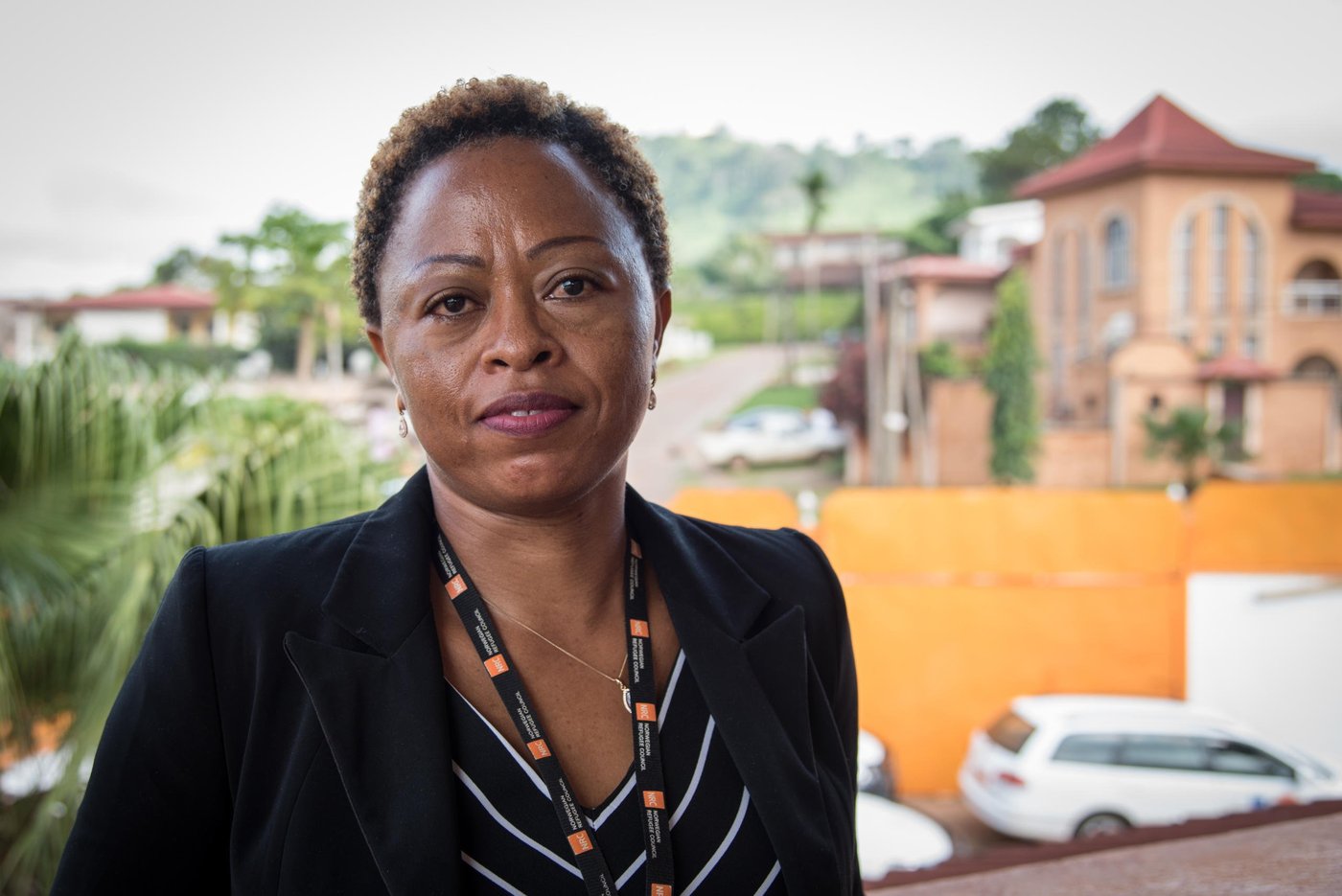
But countries that don’t receive the world’s attention don’t receive money for humanitarian aid work either. With more money, so many more people could be helped.
After his visit to Cameroon, Jan Egeland said:
“The international silence around the atrocities taking place in Cameroon is as shocking as the many untold stories are heart-breaking.”
Let’s hope that the world takes action.


